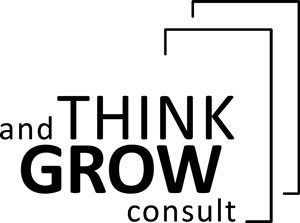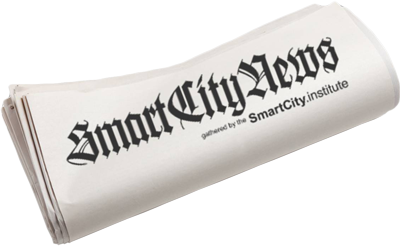Municipal GovernmentsMobilizing the urban community and “smartness 2.0”Cities all over the world face challenging tasks, especially in view of progressive urbanization due to population growth and migration. Uncontrolled growth combined with shrinkage in some regions, the changing needs of increasingly more heterogeneous populations (in particular as regards infrastructures), suburbanization and segregation, the increasing consumption of natural resources, the consequences of climate change, as well as additional man-made threats present urban administrators with highly complex challenges along with many other city-specific tasks.In industrial nations, urbanization is already widespread. The chief tasks that need to be accomplished by municialities in these countries involve the maintenance and renewal of infrastructures as well as modernization of urban settings. As in all other cities, those tasks include satisfying new societal needs, making the cities more sustainable, protecting their natural resources, and enabling the implementation of digitalization. At the same time, municipal governments want to and should encourage the participation of their cities’ residents, mobilize the urbanites, and incorporate jointly developed goals in an integrated urban development plan. That will generate resilience, and the common capacity to act will allow the creation of livable cities. The challenges facing municipal governments around the world are becoming increasingly more complex, while the budgets available to them are not growing proportionately. Municipal governments nevertheless need to maintain the functionality of their cities. That will necessitate the implementation of manifold structural changes. The structure, organization, and processes of municipal organizations should thus successively be adapted to meet new fundamental conditions. Present-day challenges require interdisciplinary thinking and actions as well as governing bodies that work efficiently and transparently and are able to reach decisions and act. Allowing various urban stakeholders to develop a joint vision can have a positive effect on the implementation of those requirements. Some cities use the word smart city in drafting their own vision. However, no authoritative definition exists yet for this term that tends to be rather overused. In connection with her work, the author has outlined the idea of a smart city in more detail. The resultant concept of “Smart City 2.0” is presented in her publication “Smart City – Future City?” (Etezadzadeh, 2015). In this book, both the concept of sustainability and the product theory have been expanded to include requirement categories that take into account the state of globalization and the given environmental situation. The goal is to create livable and resilient cities. In Smart City 2.0, the mobilized urban community will play an important role. The urbanites will start to create their own lifeworld as they begin to take an interest in their city, become engaged, and assume responsibility. The municipal government will primarily serve to ensure the sustainable (in both senses of the word) functionality of the community and should encourage and incentivize the various activities of the urban stakeholders. A mobilized and integrated urban community will be in a position to create a resilient city, thereby safeguarding its own future viability. We would be glad to help you create a livable city based on “smartness 2.0.” Please feel free to contact us to discuss your project. We look forward to hearing from you. Note: Would you like to use the content of this website for your own purposes? Then we kindly ask you to please cite the source. According to APA, this website can be cited as follows: Etezadzadeh, Chirine (2015). Mobilizing the urban community and “smartness 2.0”. http://www.SmartCity.institute. Retrieved on DD/MM/YYYY. |



